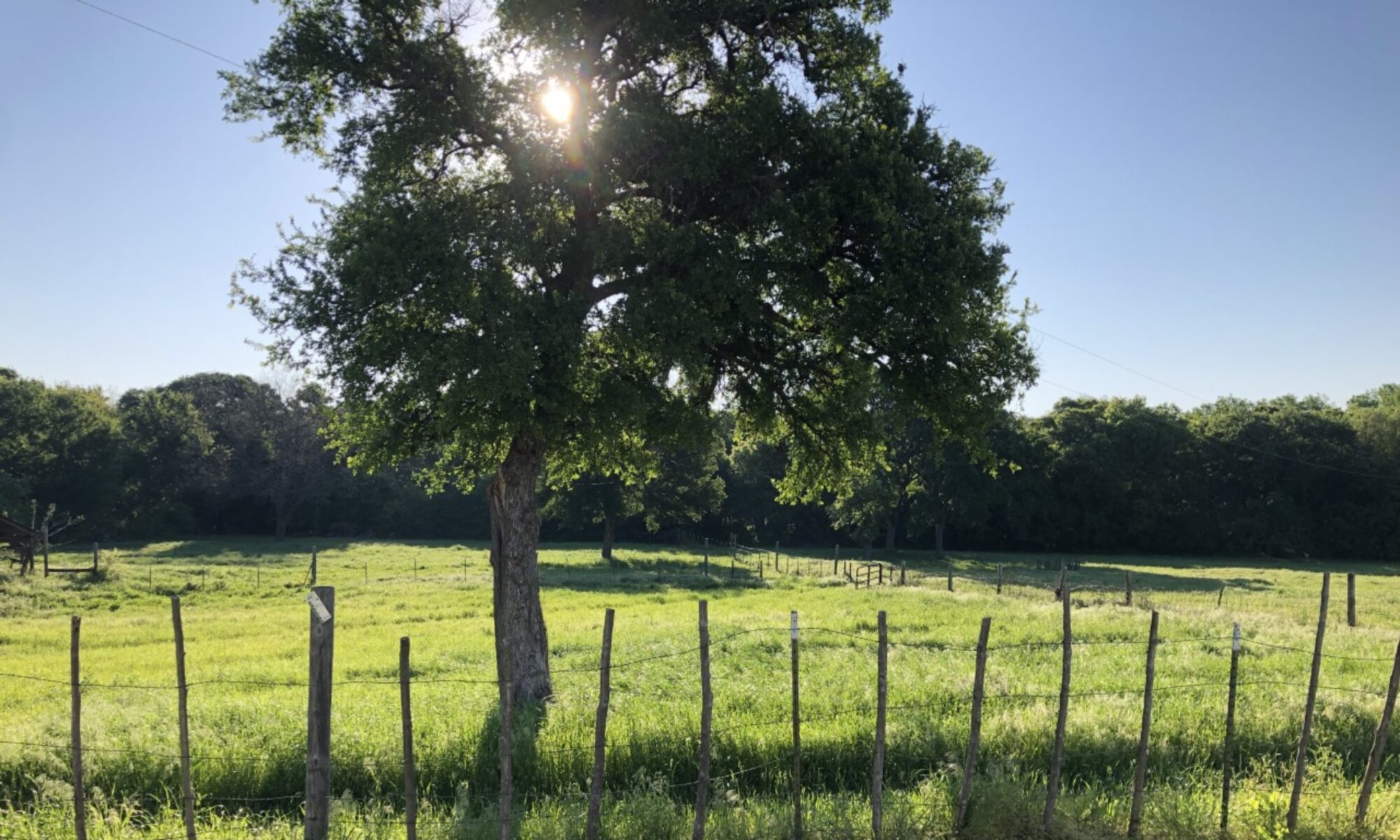You have that moment when you look at your phone while it is ringing. You don’t know the number calling and it’s a neighboring area code. Me, I hit the screen call button and move on. Maybe you answer it to talk to Emily about your car warranty expiring.
The next instant after the caller hangs up, a Signal note comes through from one of our wonderful neighbors: “hey I gave your number to a tree service looking to dump mulch they may be calling you soon.”
As fast as possible I call that number back, and sure enough, Bright Tree Service answers and is happy to drop a dump truck of mulch. They are six minutes away.
Where are we going to put a dump truck of mulch??

It’s a lot of mulch. I figure 3-4 hay bales worth of volume. Restoration agriculture takes advantage of bio mass from outside sources, particularly when it’s low cost. Free is very low cost. This saves on fuel consumption, landfill waste, and squandered natural resources. Here at the farm it will help preserve water, build soil, and provide hours of high quality exercise while we move it about.

We had planned on buying $140 worth of mulch this month to use in the garden. Not only did a tree service dropping it off save the cash, it saved three hours worth of travel and unloading time.



























